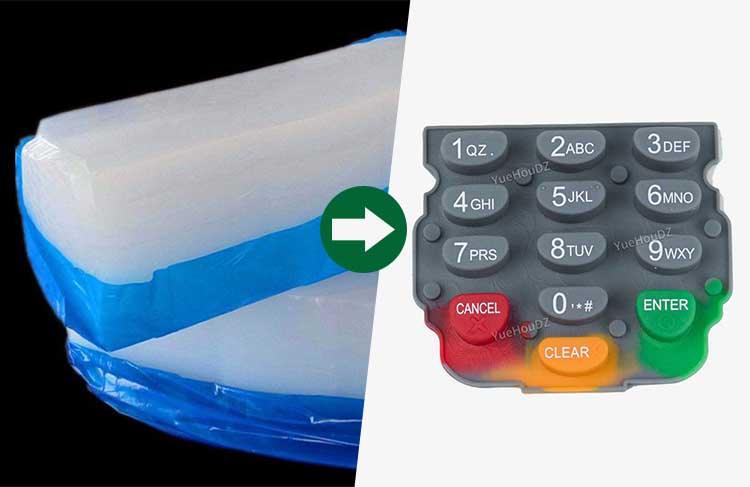How to Customize Silicone Phone Case: Detailed Process Explanation
How to Evolve a Concept into a Silicone Phone Case That Is Both Beautiful and Functional Within Your Reach. We understand that for you who want to custom-produce silicone phone cases, it is important to understand the entire design and production process. The following is a detailed customization guide, from design to final product shipment, to help you understand the customization process and complexity of silicone phone cases.
Silicone Phone Case Design And Planning
Demand Analysis:
We first work closely with our clients to delve into the design theme, the target user group, and the necessary features of the product. Whether pursuing drop protection, unique aesthetic decorations, or requiring specific features like card slots, we strive to capture every detail accurately, ensuring that the design fully meets our client's expectations.

Preliminary Sketch:
Translate the preliminary concept into specific sketches using design software such as Adobe Photoshop or Illustrator, focusing on shape, size, and layout.

3D model Design:
Accurately build product models through 3D modeling software (such as UG, Creo, or SolidWorks) to ensure the accuracy of details and the product's practicality.

3d Model Optimization:
In 3D model optimization, several essential factors must be considered to ensure product quality. Here are some key points to consider:
Minimum Wall Thickness: A wall thickness that is too thin may cause the finished product to break easily, deform, or fail to fill the mold correctly. Generally, the minimum wall thickness of silicone products should be between 0.5mm and 1mm.
Maximum Wall Thickness: Avoid excessive wall thickness, as it will increase the vulcanization time of the silicone, resulting in reduced production efficiency and may cause uneven heat distribution, resulting in defects such as internal stress, deformation, or bubbles. The wall thickness should not exceed 3mm to 4mm for most silicone phone cases.
Wall Thickness Gradient: Design gradient wall thickness in transition areas to avoid sudden changes from thin to thick, thereby reducing the possibility of product defects.

Communicate With The Factory:
Share the optimized 3D model with the factory mold engineering team. The silicone phone case engineers will analyze and evaluate your 3D model to ensure the viability of the design and make necessary adjustments. Once confirmed feasible, they will quote you for the mold manufacturing costs.
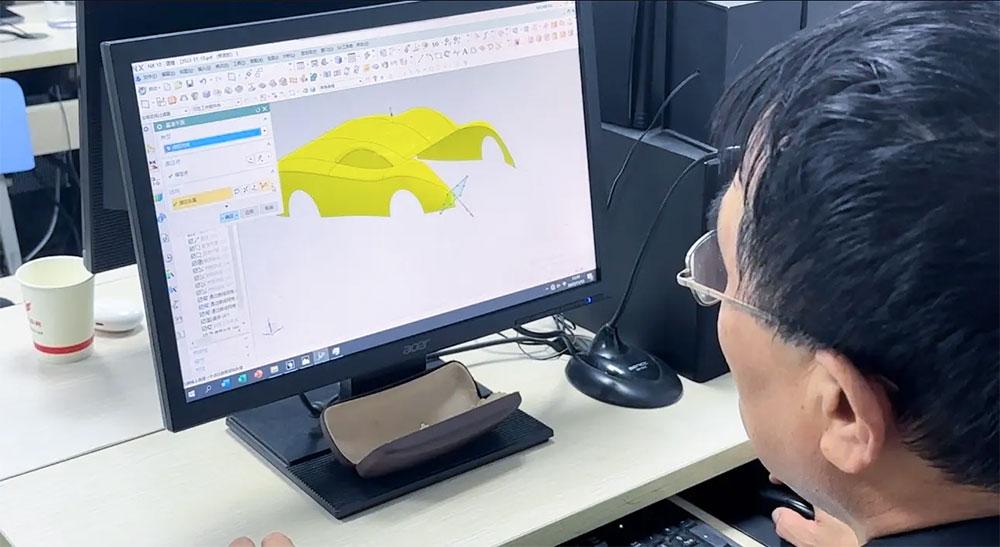
Silicone Phone Case Production And Manufacturing
Mold Making:
After factory engineers confirm, the 3D model will be used to design the mold. The layout of the mold will be determined based on the dimensions of the product's 3D model, deciding the number of cavities in the mold, calculating the mold's dimensions, selecting the appropriate mold steel material, and manufacturing a mold suitable for mass production of silicone phone cases.
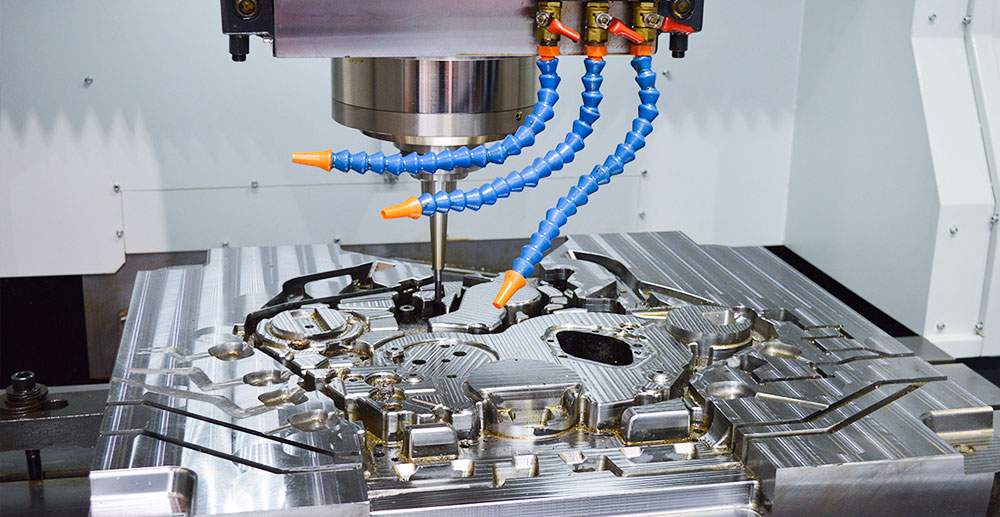
Silicone Raw Material Mixing and Color Matching:
Selecting high-quality raw silicone materials as the foundation for production, followed by precise color-matching techniques, ensures the vibrancy and uniformity of the product color. We typically use silicone color masterbatches for coloring purposes. A color masterbatch is a concentrated colorant created by blending high-concentration pigments with a carrier (silicone or another compatible material). This color masterbatch is mixed with the silicone raw materials in a specific ratio to achieve the desired color. This approach guarantees color stability, simplifies the control process, and is suitable for accurate color matching.
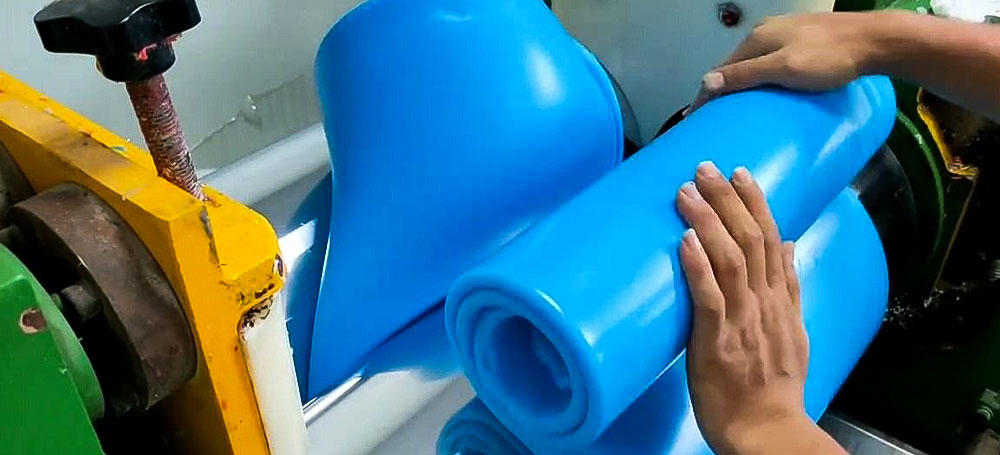
Vulcanization Molding:
Placing the Silicone Material: Weigh the mixed silicone material, cut it into strips or sheets, and put it into the mold.
Molding Process: The mold is then placed in the vulcanizing machine and heated. Under high temperatures (generally between 140°and 160°) and high pressure, a chemical reaction occurs between silica gel and vulcanizing agent. This process is called vulcanization. The vulcanization time will vary depending on the product thickness and specific formula, generally between a few to more than ten minutes.
Cooling and Demolding: After complete vulcanization, the mold is ejected and automatically opened, then the silicone product is removed from the mold.
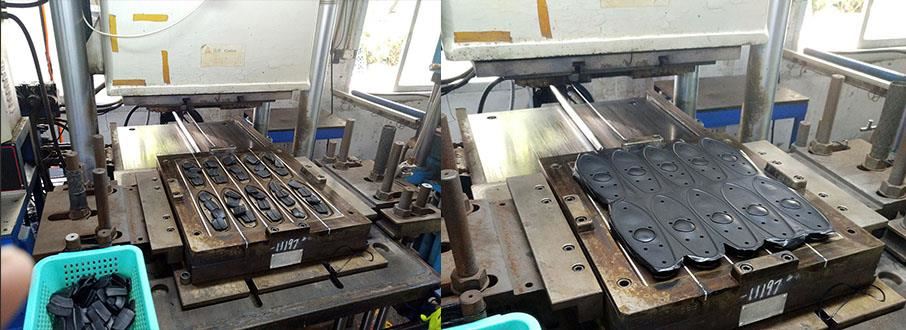
Post-Processing:
This involves the removal of excess edges, which can be done manually or by machine grinding. Additional steps include cryogenic deburring to remove burrs, cleaning surface impurities, etc., to enhance the product's texture and quality further.
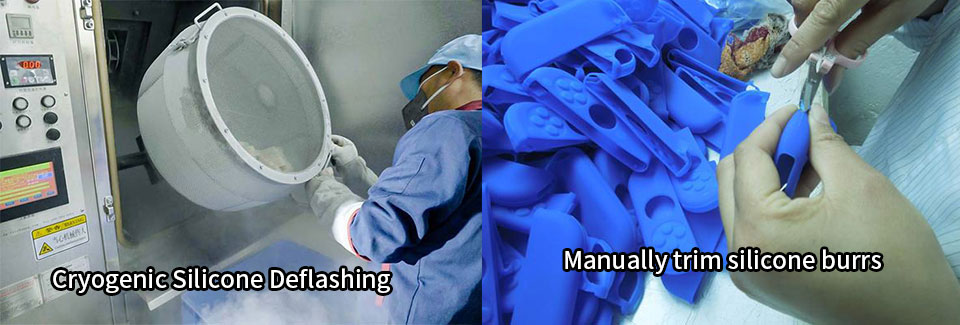
Silicone Phone Case Surface Decoration
Surface Decoration:
Utilize techniques such as silk screening, pad printing, spray painting, or laser engraving to add personalized patterns or text to phone cases.

Spraying Touch Feel Oil:
To enhance the tactile experience and improve the appearance quality, many high-end silicone phone cases are coated with a layer of touch-feel oil on the surface. This enhances the touch sensation, provides dust resistance, and prevents dust accumulation.
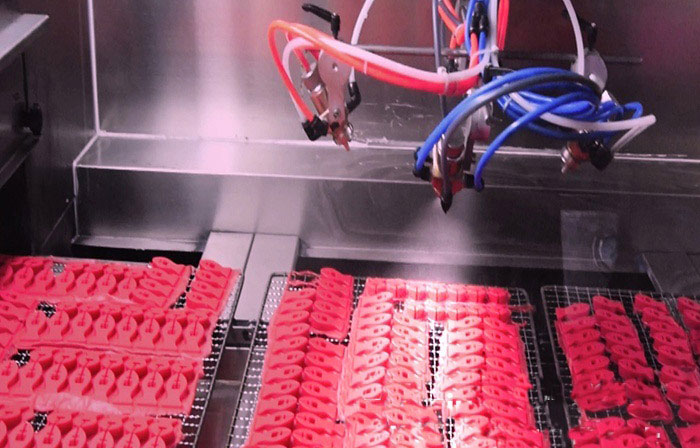
Quality Control and Packaging
Quality Inspection:
Every finished product undergoes strict quality inspections, including tests for dimensional accuracy, color consistency, and physical properties.
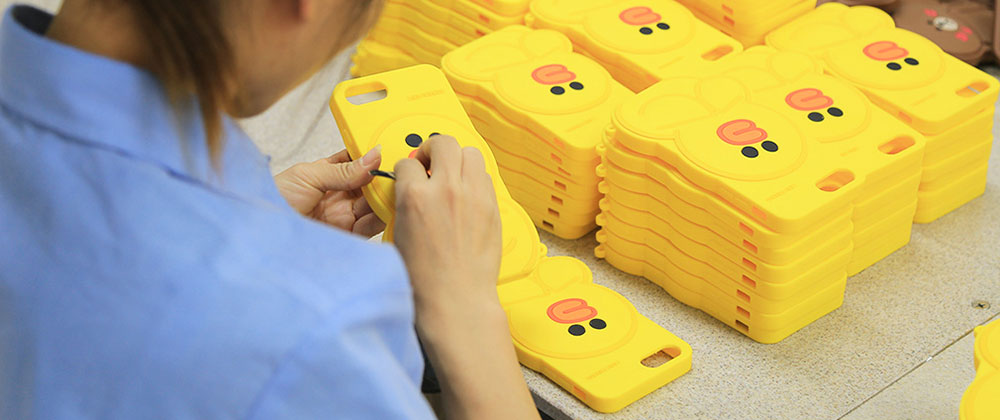
Packaging and Shipping:
Products that meet standards are cleaned, packaged, and ready for final shipment.
Conclusion
Customizing silicone phone cases is a detailed and complex process that involves multiple stages, from design to production. This includes analyzing initial requirements, creating design drafts, developing and optimizing 3D models, and working closely with the production team to ensure the design is feasible. During the manufacturing phase, high-quality molds, precise material formulations, and advanced production techniques are crucial to ensure that the final product is aesthetically pleasing and durable. Personalized elements are added to the product through surface treatment techniques such as silk screening, pad printing, spray painting, or laser engraving. Finally, rigorous quality control and careful packaging ensure that each product meets high standards. The process emphasizes the importance of attention to detail and quality control, which are fundamental to successfully customizing high-quality silicone phone cases.


